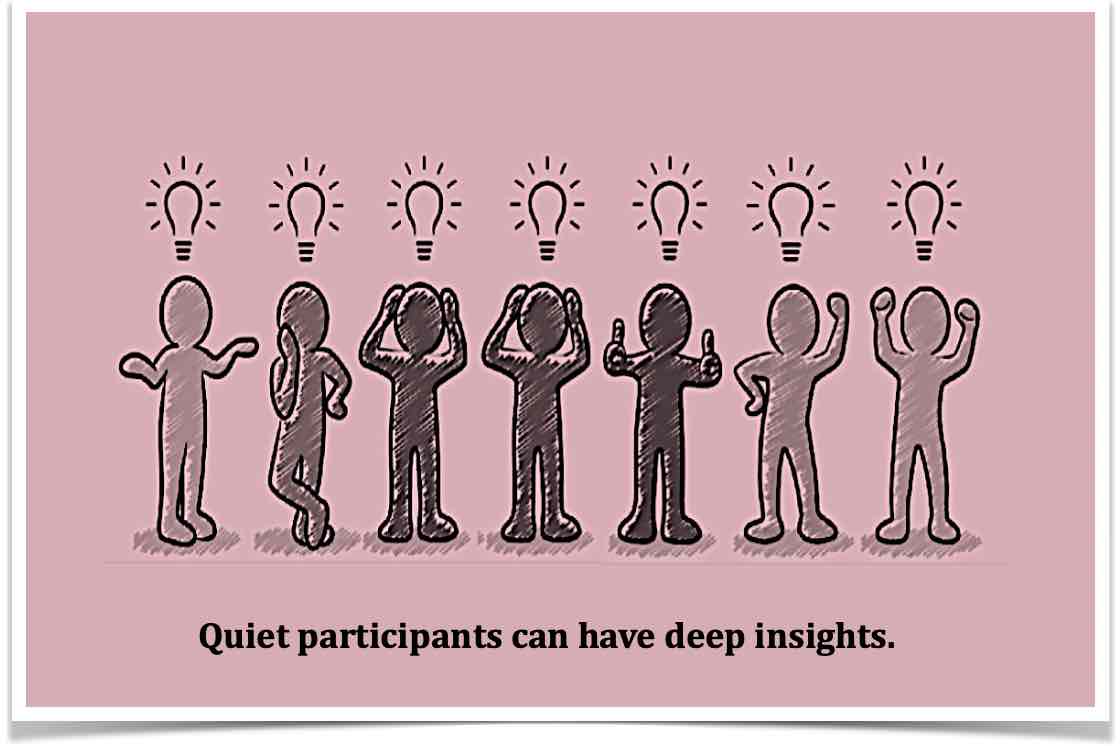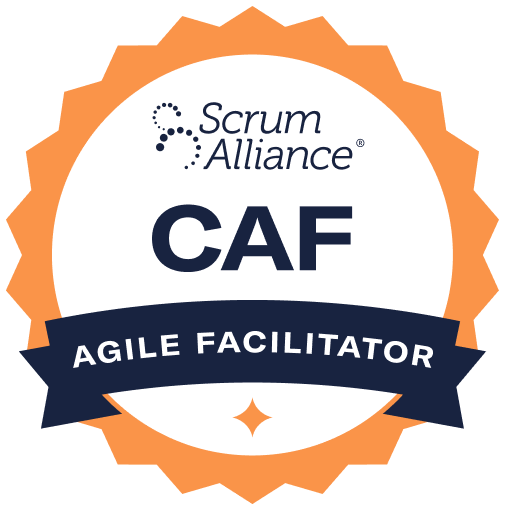How to Facilitate with Quiet Participants: Practical Techniques for Inclusive Conversations
Creating Space to Elicit Valuable Quiet Voices



Facilitation is a critical skill in both professional and informal settings, serving as a cornerstone for effective group communication, problem-solving, and decision-making.
Do you know that facilitation is one of the most thought after skills in companies? Great facilitation increases engagement.
About me - the Author
Before we delve deeper, if you've recently stumbled upon my blog and find yourself wondering, "Who is she?" "Why should I be reading her blogs?"
- I hold the designation of Certified Agile Coach (CAC) with the Scrum Alliance, the sole member-driven nonprofit certifying body in the agile space since 2001. Additionally, I am honored to have been recognized as both a Certified Team Coach and Certified Enterprise Coach with the Scrum Alliance for over a decade.
- Since 2011, I've been privileged to mentor Agile Coaches across the globe, guiding passionate practitioners from 80 countries (as of Nov. 2023) in their professional journeys. Among my mentees are Certified Agile Coaches, Certified Scrum Trainers (CST), Accredited Kanban Trainers, and individuals who share their expertise at conferences worldwide.
- Furthermore, I hold the Professional Certified Coach (PCC) credential from the International Coaching Federation (ICF). I am also trained as an Advanced Certified Coach Mentor, and a professional coach supervisor. I specialize in providing coaching supervision for professional coaches to support their ongoing development.
- As the co-founder of the Enterprise Coaching Institute, an ICF accredited training provider, I am committed to offering coaching-based leadership training. Our aim is to empower leaders to excel by equipping them with professional coaching skills and to foster the growth of professional coaches in the industry.
I speak and keynote at international conferences since 2011 about organization transformation, Agile, leadership, agile coaching, and professional coaching.
Write your awesome label here.
Join our community
Thank you!
We have supported practitioners from 80 countries, and have monthly free activities for our community members.
You can bring any topics to our activities, or just get ready to network.
You can bring any topics to our activities, or just get ready to network.

